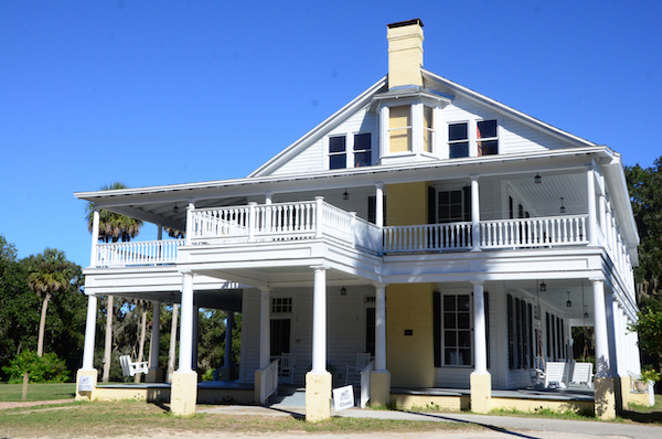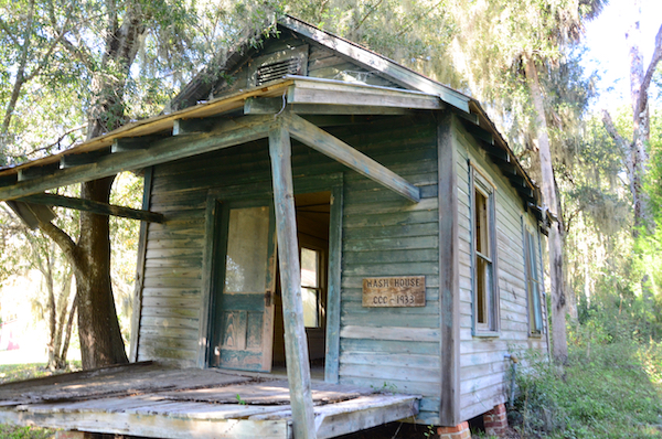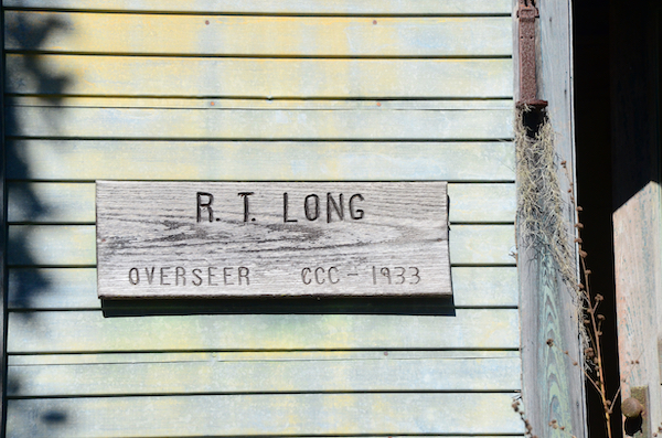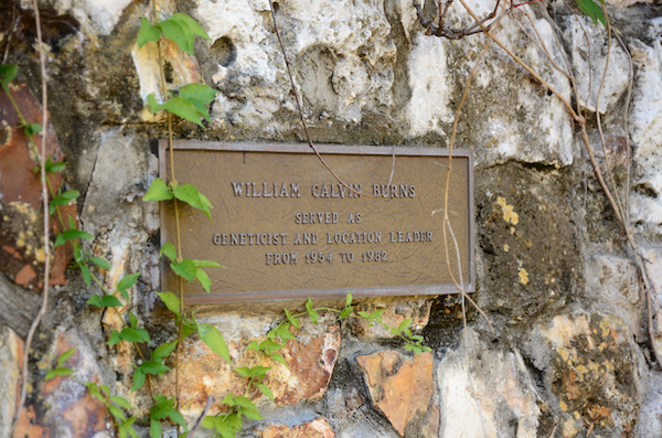
In Inuit, the word “Chinsegut” means (loosely) “the place where things of true value that have been lost may be found again.” That’s a wildly appropriate description of Florida’s mountain hideaway in the woods —and while Florida’s not known for mountains, this secluded retreat about an hour away from the dizzying chains of cars lacing their way along I-275 at rush hour feels an awful lot like north Georgia.
The Friends of Chinsegut Hill, a nonprofit, leases the property, manor house and cottages from Hernando County, which may be one reason you’ve not heard of it before. They’re not the Tradewinds or Elevage, looking to pack in visitors. While you can find a “Chinsegut Hill Museum” on TripAdvisor, the few reviews focus on the manor house and tours, not the lodging or grounds, and if you search for “Chinsegut” on hotels.com, the site dumps you out at a Holiday Inn Express in Brooksville.
Chinsegut Hill Retreat is no Holiday Inn — and more’s the better.

Florida’s first people lived here first, and settlers first chased the Indians we now call Seminole off the hill in the 1840s, when one Colonel Bird Pearson decided the high, dry ground would make for some excellent sugar and corn growing and homesteaded the land. Pearson built a home; the manor house replaced it, but it’s in the same location. That was 1847, and instead of calling the land Chinsegut (incidentally, you pronounce it “chin-see-git”), he called it Mount Airy.
Things changed in 1905, when Elizabeth and Raymond Robins — a brother and sister duo — bought the property. Mr. Robins had gone to the Alaskan frontier in search of gold and, when she didn’t hear from him for a spell, his sister struck out on her own to see if he was still alive. He was. She found him in Nome, and spent the summer of 1900 with him, contracting typhoid fever but also writing two books: The Magnetic North and The Alaska-Klondike Diary of Elizabeth Robins.
Given their adventures in the Yukon, the Inuit name makes a bit more sense. But anyone who has spent time here can tell you the name also perfectly reflects the experience you can expect at the retreat.

I first traveled to Chinsegut as a graduate student at USF St. Petersburg —USF leased the property starting in the 1970s, and built a dining hall, a classroom and seven cottages, used for academic retreats. In 2009, the university decided it was, in essence, too much trouble to maintain the property — which, in 2003, was placed on the National Register of Historic Places — and, for a time, the Hill closed.
Chinsegut Hill Retreat
22495 Chinsegut Hill Road, Brooksville | 352-799-5400, chinseguthillretreat.com
USF’s apparent disdain for history turned into a boon for the rest of us, because if they still leased it you wouldn’t be able to stay there today. It turns out that the cottages used for retreats are also lovely escapes from pretty much everything. Each cottage has four bedrooms and four bathrooms, a dining area, living area and kitchenette (think refrigerator, microwave and coffee pot, with ample counter space and basic flat and dinnerware). The cost is nominal — one bedroom in the cottage runs $70 per night. What there isn’t: phones, TV or wifi (although the cell signal’s strong enough that you could set up a hotspot; we did).
And while I’m taking some artistic license with the word “mountain” (it’s 269 feet above sea level), that’s not the case when I call it woods. The retreat abuts the Chinsegut Wildlife and Environmental Area, and a stroll through the grounds is truly a walk in the woods. On a pre-Thanksgiving weekend stay, we found wild oranges on our hike, nestled among oak trees, camphor and bamboo stands. And yes, it’s a hike. The elevation allows for some true terrain. No, you won’t need your carabiner and hiking shoes, but you probably should pack more than your Chucks.

Walk one direction and you’ll make your way through shaded trails that take you over uneven terrain and ruts, with aforementioned forests of native trees and imported ones; go behind the manor house and find an oak with a staircase up to a platform overlooking the forest. It’s a birder’s paradise, especially this time of year.
Walk another way and you’ll find all-but-crumbled Works Progress Administration cottages and the remnants of an agricultural experimental station. Among the USF faculty and alumni who have visited, rumors persist about the cows with see-through panels in their stomachs. While these cows — if they ever existed — are long gone, a magnificent stone fountain and wooden arbor, quite overgrown and no longer serviceable, remain. Mounted on the stone one plaque pays tribute to the earliest owners; another honors a long-gone geneticist William Calvin Burns. What types of genetics he did in the mid-’50s is anyone’s guess, but standing amidst the ruins of the fountain with wilderness enveloping you, it’s not hard to envision the Brooksville version of The Island of Dr. Moreau, complete with cows.

Whatever you do there — hiking, birding, rocking on your cottage’s front porch and reading — one thing’s for certain: If it’s solitude and peace you’ve lost, there’s a good bet you’ll find them here.
Cathy Salustri is the arts + entertainment editor at Creative Loafing. Contact Cathy here, and make sure to stay up-to-date with all the local hot spots and hidden places with our weekly Do This newsletter — subscribe today!

